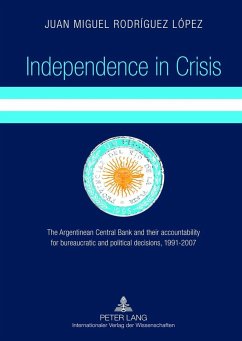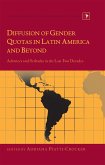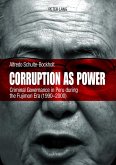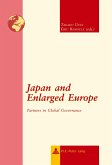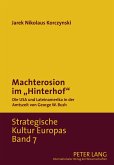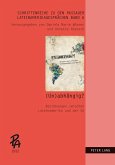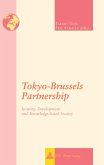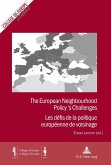Central bankers like the idea of low inflation, but their actions have a distribution effect of richness. During the 1990s, the independence of central banks increased. What have central banks done with this independence? When we infer that all actors have interests, whether governments, voters or interest groups, why would we assume that central banks are technocratic institutions maximizing the welfare of the state? To answer these questions, this study looks at the Argentinean Central Bank between 1991 and 2007 and researches the incentives of a central bank to act strategically. This book uses a model which is an adaptation of Helmke's model (2002, 2005) for the Supreme Court of Justice. An inter-temporal conflict of interest explains the Central Bank's behavior.
Bitte wählen Sie Ihr Anliegen aus.
Rechnungen
Retourenschein anfordern
Bestellstatus
Storno

